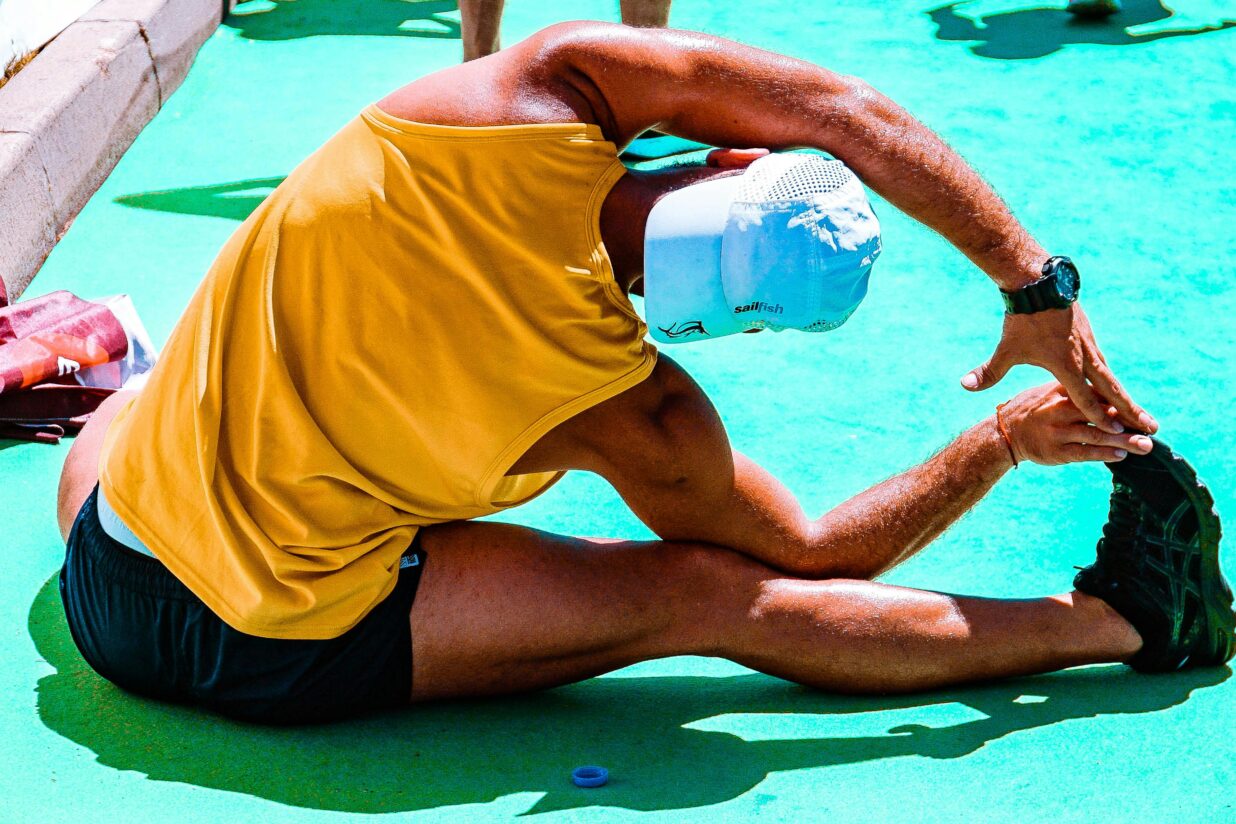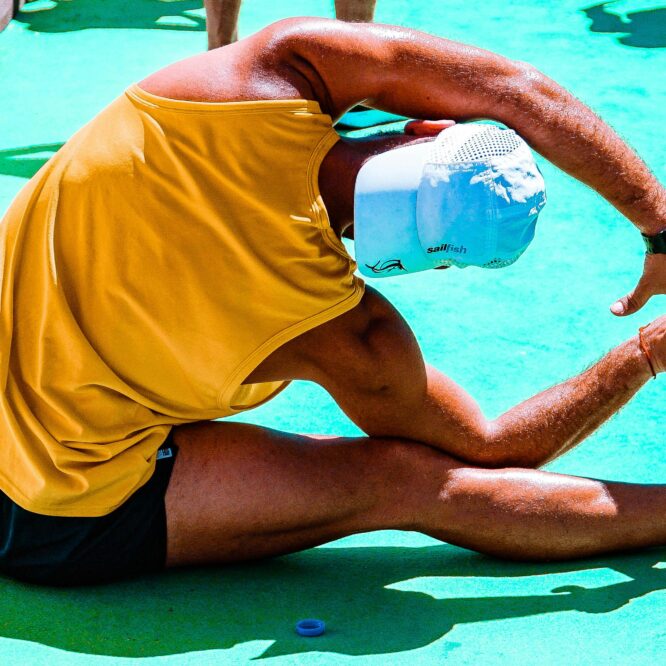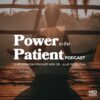Exercise is a prescription for just about any condition due to its extensive health benefits. However, when it comes to exercising with an enlarged spleen, you’ll need to be extra careful, as intense physical activities can make things considerably worse.
What’s an Enlarged Spleen?
The medical term for this condition is “splenomegaly.” It’s a condition where a patient has a larger-than-normal spleen, as the name implies. The spleen is a vital organ located under the left ribcage and is crucial in filtering blood and fighting infection.
Around 3% of the general population are living with an enlarged spleen. However, an enlarged spleen can also be a symptom of the infectious viral disease, mononucleosis (mono). While it is not permanent, people with mono may experience an enlarged spleen for up to four to six weeks. Around 50% of persons with mono suffer from an enlarged spleen.
While there are no typical telltale symptoms, splenomegaly can cause pain in the left upper belly, lower your red blood count, and increase vulnerability to rapid infections. As the spleen gets bigger, it can press against your stomach, making you feel full even without eating.
Exercising Safely With Splenomegaly
An abnormally large spleen can be sensitive and prone to injury, making certain workouts and routines particularly risky. With the right approach, you can still maintain healthy exercises while minimizing the chances of complications. Follow these dos and don’ts to help you stay active and safe when exercising with an enlarged spleen.
Stretch Before Workouts
Stretching prepares your body for physical activity, enhancing flexibility and decreasing soreness. In some cases, it can even be a standalone exercise. Regular stretching can increase your range of motion for each muscle group by up to 2.4 degrees weekly.
Focus on Your Core Muscles
The core comprises around 35 muscles, all located around your spleen. Exercising these areas can promote better muscle blood flow in the region and relieve localized pain. Start with simple workouts like quadrupeds and planks while constantly checking for complications or pain. If you’re up for it, switch to more demanding routines like advanced side bridges or alternating crunches.
Perform Exercises Slowly
Take your time with each routine. There’s no reason to speed things up just yet. Make sure you’re comfortable with the workout before upping the pace. Even then, maintain a cautious tempo. Frequently break to check how you are feeling.
Stay Hydrated
Your body loses a lot of water and electrolytes during exercise. Without replenishing lost fluids, you can quickly start to feel tired and dehydrated. Drinking water is the best way to stay energized throughout your routine and prevent muscle soreness. Staying hydrated is also essential for maximizing recovery times..
Don’t Overdo It
Working out multiple times a day is not ideal for healthy individuals, let alone for people suffering from splenomegaly. Exercising strains your muscles and you must allow proper recovery before going again.
Avoid Strenuous Activities
Running, contact sports, and weightlifting are a no-go when coping with an enlarged spleen. These activities could exacerbate your condition and prolong the healing process. It is also commonly recommended that you avoid contact sports during this time, as any blunt force trauma can rupture the sensitive organ. While a rare complication of an enlarged spleen, a splenic rupture can cause hemorrhage that can occur after trauma, but can also happen spontaneously.
Steer clear of sports that involve person-to-person contact, as even a caught elbow or shoulder to the belly can cause the rupture. Sports are also often avoided by those with mono, due to its infectious nature.
Don’t Forget to Breathe
During workouts, your body uses more oxygen and produces more carbon dioxide. You’ll need to compensate for this extra demand by increasing your respiratory rate to above 20 breaths per minute. Remember to slowly inhale through your nose and exhale through your mouth to help you better release muscle tension.
Don’t Ignore Warning Signs
If you experience any symptoms such as abdominal pain, tenderness, or swelling during or after exercise, do not ignore them. These could be indicators of spleen-related complications and require immediate medical attention.
Avoid Complications When Exercising with an Enlarged Spleen
Exercise is great for the body and mind, but only when done safely. If you’re coping with splenomegaly but want to achieve a full workout, only do so after carefully considering your body’s limitations. By following these dos and don’ts, you can maintain a safe and effective exercise routine while minimizing the risk of complications. Remember to consult your doctor before starting any new regimen, especially while enduring a concerning health condition, and listen to your body’s signals to ensure a safe experience.







